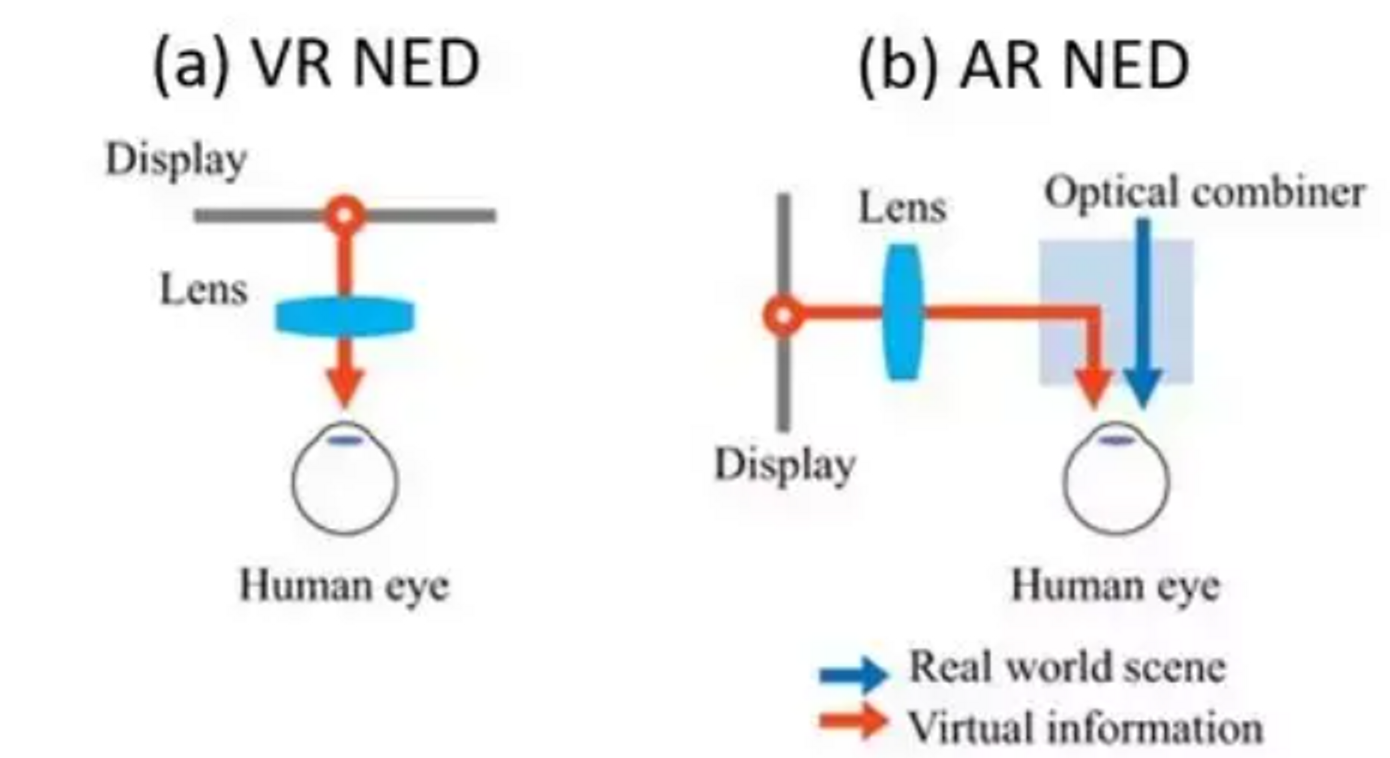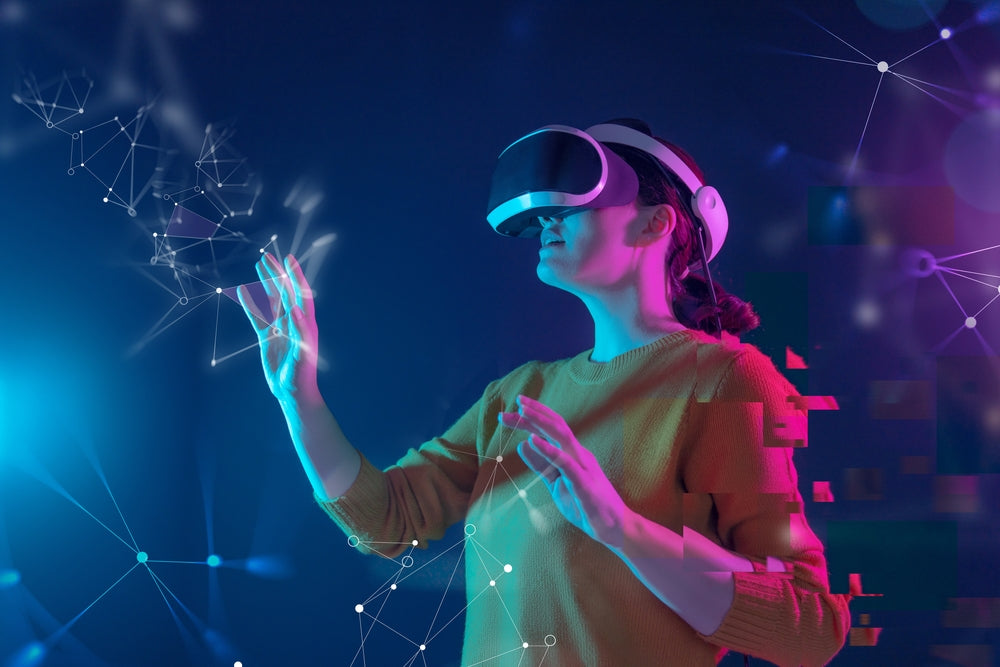
The optical imaging system of AR glasses consists of micro displays (such as LCOS, LBS, Micro OLED, Micro LED, etc.) and optical elements (prisms, freeform surfaces, BirdBath, waveguides, etc.). C...

Virtual Reality (VR) and Augmented Reality (AR) have transformed the way we experience digital content and interact with the world around us. Behind the seamless integration of these cutting-edge...

Principle As shown in the figure above, the coupling light into the waveguide is usually a reflector or prism. When the light reaches the front of the glasses after multiple rounds of total reflec...

In the dynamic realm of technology, augmented reality (AR) glasses have emerged as a game-changing innovation, promising to reshape how we perceive and interact with the digital world. As the dema...
In the ever-evolving world of AR, VR, and MR, two key players hold the key to seamless light transmission: optical fibers and waveguides. Both guide light efficiently using total internal reflect...

Introduction Augmented Reality (AR) and Virtual Reality (VR) are widely concerned fields of science and technology in recent years. Their near-eye display systems project the pixels on the display ...

Introduction: Welcome to the fascinating world of mixed reality, where the lines between the physical and digital realms blur, providing immersive experiences beyond imagination. In this blog, we...

MIPI Alliance: The Bridge of the Mobile Industry Hello everyone! Today, I want to discuss a seemingly mysterious topic that's actually influencing our lives every day: the MIPI Alliance. Some of y...

With rapid advancements in technology, AR has found a valuable application in underwater equipment, significantly enhancing the diving experience and bringing a whole new dimension to underwater e...


